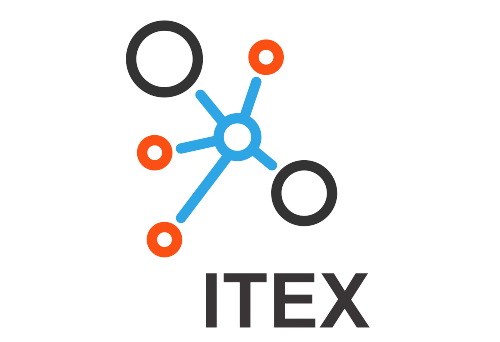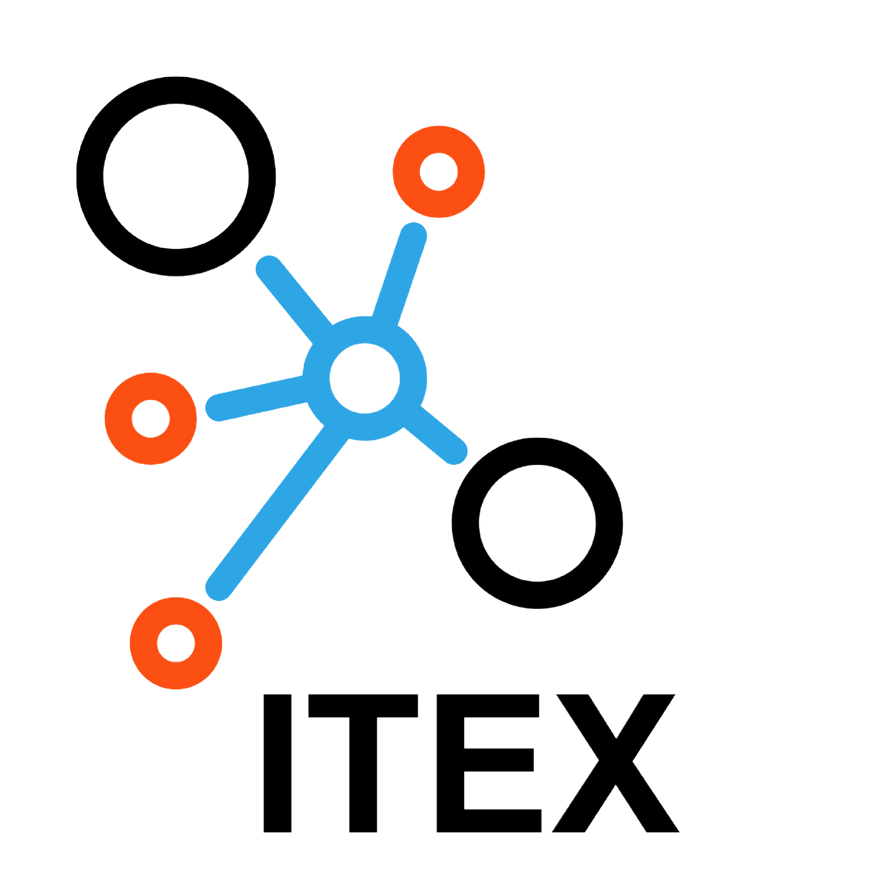Promoting Your Brand
"Promote with purpose, and watch your brand blossom."
In today's competitive business landscape, building and promoting a brand is more important than ever. A strong brand not only distinguishes your products or services from the competition but also establishes an emotional connection with your target audience. To achieve this, effective brand promotion is essential. In this article, we will explore various strategies and tactics to successfully promote your brand and create a lasting impression on your customers.
1. Define Your Brand Identity
Before you begin any promotional activities, it's crucial to have a clear understanding of your brand identity. Define your brand's mission, values, personality, and unique selling proposition (USP). What sets your brand apart? How do you want your customers to perceive you? Answering these questions will serve as the foundation for your promotional efforts.
2. Craft a Compelling Story
Human beings are hardwired to respond to stories. Craft a compelling narrative that encapsulates your brand's journey, values, and impact. Share stories about how your brand came into existence, the challenges you've overcome, and the difference you've made in people's lives. An engaging brand story can captivate your audience's attention and create a stronger connection.
3. Develop a Strong Online Presence
In the digital age, having a robust online presence is non-negotiable. Create a user-friendly, visually appealing website that reflects your brand's identity. Optimize it for search engines (SEO) to ensure potential customers can easily find you. Utilize social media platforms to share valuable content, engage with your audience, and showcase your brand's personality.
4. Leverage Content Marketing
Content is king when it comes to brand promotion. Develop a content marketing strategy that provides valuable insights, educates your audience, and establishes your brand as an authority in your industry. This could include blog posts, videos, infographics, podcasts, and more. Consistent, high-quality content can attract and retain a loyal following.
5. Utilize Social Media Marketing
Social media platforms offer a powerful way to reach a wide audience. Tailor your content to each platform's unique features and audience demographics. Use visual content, storytelling, and interactive elements to engage your followers. Collaborate with influencers and run targeted advertising campaigns to expand your brand's reach.
6. Embrace Video Marketing
Video content has gained immense popularity due to its engaging nature. Create videos that showcase your products, explain your services, share behind-the-scenes glimpses, or tell customer success stories. Live videos and webinars can foster real-time interactions and deepen the connection with your audience.
7. Implement Email Marketing
Email marketing remains a highly effective strategy for nurturing leads and staying in touch with your audience. Build an email list of interested customers and send them regular updates, special offers, and valuable content. Personalize your emails to make recipients feel valued and understood.
8. Engage in Public Relations (PR)
Positive media coverage can significantly boost your brand's credibility. Develop relationships with journalists and media outlets in your industry. Share press releases about significant achievements, new product launches, or charitable initiatives. Engaging in PR can help you reach a broader audience and enhance your brand's reputation.
9. Offer Exceptional Customer Experiences
Word-of-mouth remains one of the most potent forms of brand promotion. Provide exceptional customer experiences that exceed expectations. Delighted customers are more likely to become brand advocates and recommend your products or services to others.
10. Monitor and Adapt
Finally, regularly monitor the effectiveness of your brand promotion strategies. Use analytics tools to track website traffic, social media engagement, and conversion rates. Based on the data, adapt your approach and refine your strategies to ensure continuous improvement.
In conclusion, promoting your brand requires a comprehensive and multi-faceted approach. By defining your brand identity, leveraging digital platforms, creating compelling content, and prioritizing customer experiences, you can create a powerful brand presence that resonates with your target audience. Remember that brand promotion is an ongoing process that requires dedication, creativity, and a deep understanding of your customers' needs and preferences.



